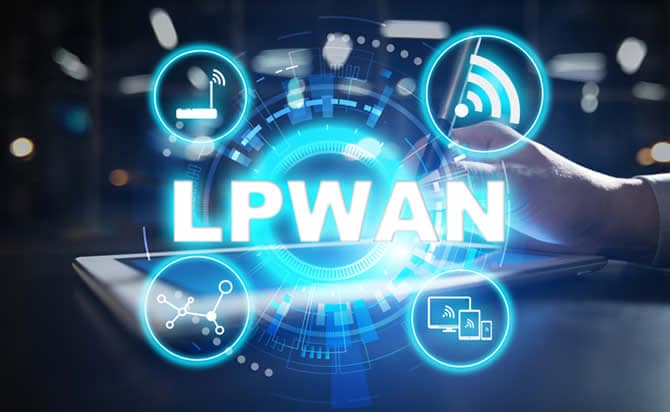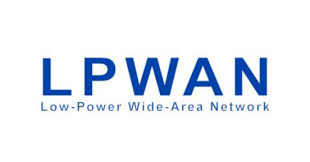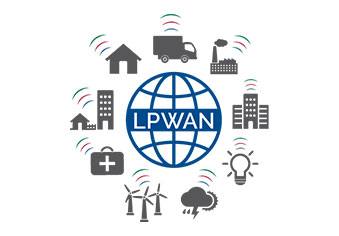Low-power wide-area network (LPWAN) opportunities are hidden mobile data SIM gems nestled in the customer bases of resellers and MSPs. In the past, end-users have been to the mobile network operators directly for LPWANs but were disappointed by the lack of flexibility and ease of dealing with them.
Deals are often made up of thousands of devices on long-term contracts and are low-hanging fruit for MSPs who already have close relationships with their end-users.
Who uses this technology?
It is being used in street lighting, smart bins, smart parking, traffic monitoring and environmental monitoring. Their devices don’t need much power and have a long battery life. The SIMs required for these smart solutions are low-cost, long-life SIM cards, which can be activated and controlled within a central portal.
This technology is also being used in the consumer space with smart metering. Gas and electric companies are installing hundreds of thousands of smart meters, which require a low-power SIM on a long-term contract. Usage is minimal and costs are a few pence per SIM, but the contract length is typically five years plus.
In agriculture, LPWAN SIMs are being used in monitoring devices for animals, crops and soil. They need a SIM card with the same lifespan as their device.
What are LPWANs?
LPWANs are used to deliver IoT connectivity at low cost, over wide geographic areas, often where there is no local power source, so battery life becomes key. LPWAN deployments are often simple and cost-effective due to their device design and long battery life. With efficient power consumption and a battery lifetime of up to 10 years, management costs are low. It also delivers the added benefit of deep penetration into areas such as basements and underground car parks. The protocols used in LPWANs provide much better wireless penetration, so it is possible to get a signal where a standard 3G or 4G SIM wouldn’t be able to.




